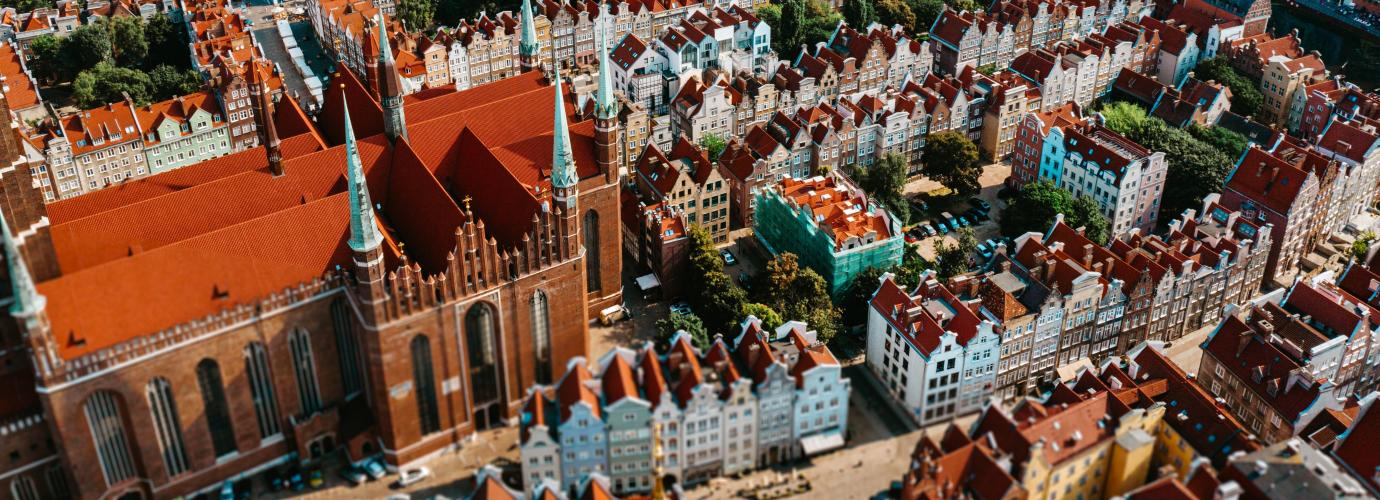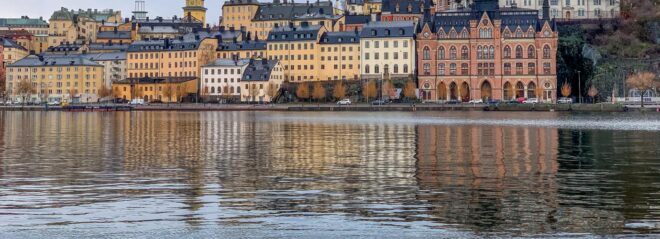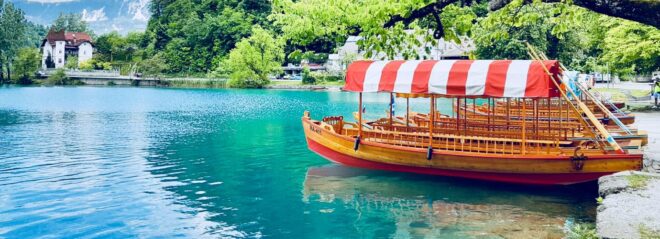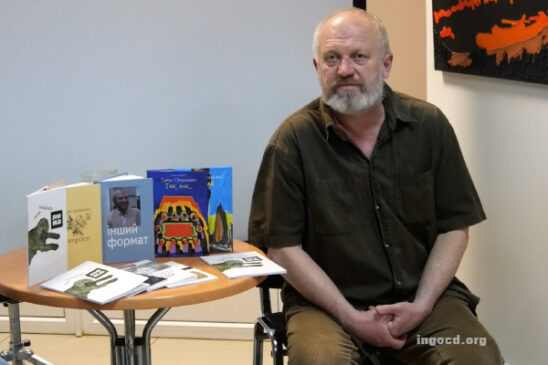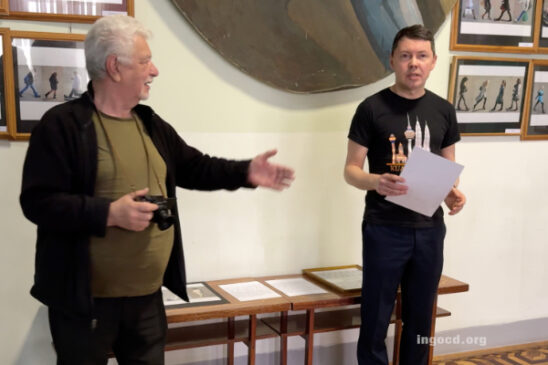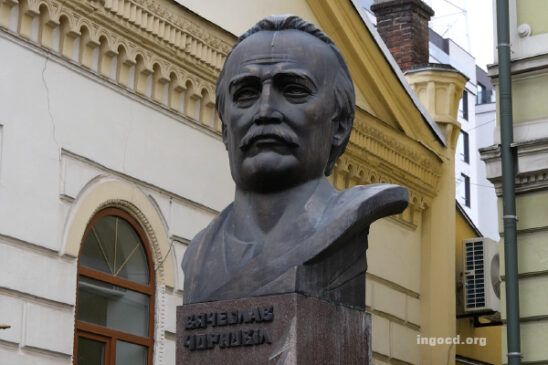Education in Poland
Key features of the Education System
Since the political transformation (the collapse of the communist regime) in 1989, the Polish education system has undergone profound changes in nearly all of its aspects including the structure, organization, management and the core curriculum. As a result it has developed some specific features which can be described as follows:
- Combination of centralized governance (i.e. laws/ regulations for which the Minister Education and Science is responsible) and decentralized school administration (for which local authorities are responsible);
- System of external examinations, which are carried out at the end of compulsory education (on completion of a single-structure 8-year primary school (ISCED 1 and 2) and on completion of general and vocational secondary schools (ISCED 3). The examintations are high stake ones having influence on the choice of student’s educational and/or vocational path, they are prepared and evaluated by external body/ evaluators. The examination concluding compulsory education is obligatory for all students, while the secondary examination is taken only by the students who either want to continue their education at the tertiary level (egzamin maturalny), or want to obtain/ confirm a vocational qualification (vocational exams);
- Specific definition of the status of teachers. The teaching profession is regulated by separate legislation (the Teacher’s Charter) which defines rules of admission, duties, remuneration and dismissal of teachers and their career path;
- Domination of the public education sector over private. In school education the number of public schools and students attending them greatly outweighs the number of non-public schools and their pupils. In higher education system the majority of students is also enrolled in public HEIs.
The education system in Poland was transformed in the years 2017-2023. The new school structure established as a result includes:
- 8-year primary school
- 4-year general secondary school
- 5-year technical secondary school
- 3-year Stage I sectoral vocational school
- 2-year Stage II sectoral vocational school
- 3-year special school preparing for employment
- Post-secondary school.
The restructuring took place on the basis of an act of 14 December 2016 – “Law on School Education” and an act – “Legislation introducing the Act – Law on School Education”
Compulsory education
Full-time compulsory education lasts for 9 years. It comprises the last year of pre-school education and 8 years of primary school education.
In the Polish educational legislation full-time compulsory schooling and part-time compulsory education are defined as follows:
Full-time compulsory schooling:
- Obligation to attend school by pupils aged 7-15 years.
Part-time compulsory education:
- Obligation to continue education in some form for pupils up to 18 years of age (aged 15-18).
- May be implemented either in school settings (a student attends secondary school) or in non-school settings (e.g. a student follows vocational training offered by employers).
Stages of the Education System
ECEC
Institutions for children aged 0-3 years:
- crèche (żłobek)
- kids club (klub dziecięcy).
Attending a crèche is not obligatory, crèches are not part of education system as they are supervised by the Ministry of Family and Social Policy.
Institutions for children aged 3-6 years:
- nursery school (przedszkole)
- pre-school class in a primary school (oddział przedszkolny w szkole podstawowej)
- pre-school unit (zespół wychowania przedszkolnego)
- pre-school centre (punkt przedszkolny).
Pre-school education is optional for 3-, 4- and 5-year-old children and obligatory for 6-year-olds. Every 3-, 4- and 5-year-old has an entitlement to a place in a pre-primary setting in his/her community.
Compulsory education in grade one of primary school starts at the age of 7. All 6-year-olds have to attend a pre-school institution for one year in order to acquire basic skills before they start school.
Primary education
Single structure education (ISCED 1 and 2)
8-year primary school (single structure education) is compulsory for all pupils who are usually aged 7-15.
It includes two stages:
- grades 1-3 (early school education)
- grades 4-8 (teaching by subject).
At the end of grade 8 of primary school pupils take a compulsory external examination. The results of the exam together with end of school achievement influence admission to secondary schools.
Secondary education (ISCED 3)
Although this stage of education is not compulsory (or in fact compulsory part-time up to the age of 18) a vast majority of students continues education in secondary schools.
The reformed structure of secondary education (ISCED 3) includes the following types of schools:
- 4-year general secondary school (liceum ogólnokształcące)
- 5-year technical secondary school (technikum)
- 3-year Stage I sectoral vocational school (branżowa szkoła I stopnia)
- 2-year Stage II sectoral vocational school (branżowa szkoła II stopnia).
Examinations
Graduates of general secondary schools and technical secondary schools may take the external secondary school leaving examination (egzamin maturalny) to obtain the Matura certificate, which gives access to higher education. This possibility is also open to graduates of the new Stage II sectoral vocational school.
Students of vocational schools – sectoral vocational schools and technical secondary schools – may take exams confirming vocational qualifications (old formula) or vocational examinations (new formula) in a given occupation during the course of study or upon completion of school to receive a diploma confirming their vocational qualifications/ vocational diploma.
Post-secondary non-tertiary education
Post-secondary education is considered to be a part of secondary education. Post-secondary schools (szkoła policealna) are intended for graduates of general secondary schools who wish to obtain a diploma confirming vocational qualifications/vocational diploma.
The schools offer courses lasting from 1 to 2.5 years. The students of post-secondary schools and students of sectoral vocational schools and technical secondary schools take vocational exams of the same type.
Higher education
There are two types of Higher Education Institutions:
- university-type (uczelnia akademicka)
- non-university-type (uczelnia zawodowa).
They both offer first- and second-cycle programmes as well as long-cycle Master’s degree programmes while only university-type HEIs can offer third-cycle programmes (doctoral studies) and are authorized to award doctoral degrees. Non-university-type HEIs, on the other hand, offer specialist, practical type of training programmes.
Studies are organized in the form of full-time (studia stacjonarne) or part-time (studia niestacjonarne) programmes.
First-cycle programmes lead to two types of degrees:
- licencjat (equivalent of Bachelor’s degree) – 3-4 year programmes
- inżynier (equivalent of Bachelor’s degree) – 3.5-4 year programmes.
Holders of the Bachelor’s degree can enter second-cycle programmes, which take 1.5-2 years depending on the area of study.
Only several fields of study offer long-cycle Master’s degree programmes that last for 4-6 years. First-cycle, second-cycle and long-cycle Master’s programmes end with a diploma examination and students who have passed it are granted a relevant degree.
The Master’s degree (magister or its equivalent) entitles its holder to practice a given profession and provides access to third-cycle studies. They are organised in HEIs or research and development institutions other than HEIs and last for 3-4 years.
Adult education
Adult education is open to adults who wish to complete school education on primary and secondary level or acquire new vocational qualifications and skills for professional or personal reasons.
It is organised, in school and non-school settings, by:
- continuing education institutions
- practical training institutions
- in-service training centres
- HEIs as non-degree postgraduate programmes.
Training is offered also to the unemployed and to certain categories of people searching for a job.
Further information on the system may be found in particular chapters of National Education Systems (Poland) as well as on the websites:
- Ministry of Education and Science,
- Central Statistical Office (statistical data).
Structure of the National Education System

Common European Reference Tools Provided by the Eurydice Network
- National Student Fee and Support Systems
- Organisation of the Academic Year in Higher Education
- Organisation of School Time in Europe (Primary and general secondary education)
- Recommended Annual Instruction Time in Full-Time Compulsory Education in Europe (Presented by grades/stages for full time compulsory education as well as by subject and country.)
- Teachers and School Heads Salaries and Allowances in Europe (Salaries and allowances of teachers and school heads at pre-primary, primary, lower secondary and upper secondary education levels.)
Source: https://eurydice.eacea.ec.europa.eu/national-education-systems/poland/overview
Follow us on social media: Facebook, Twitter, Instagram, YouTube.

